Smart Plug Comparisons
Alongside smart bulbs, Smart plugs or outlets are probably the most common devices people have and use in their homes. This is probably due to the variety of uses that can be assigned to them, including lamps,kettles, heaters, air purifiers and coffee machines to name a few. They’re great at automating ‘dumb’ devices in the most basic way – on and off – but as with many other devices, they can be expanded on when combined with automations, or used in triggers.
Being that they’re seemingly that popular and adaptable, it stands to reason that there are quite a few different brands out there, with varying additional functions, styles and unique features, not to mention a wide range of prices. For this article, I’m going to look at six different smart plugs that I personally own and use in everyday life and look into the differences between them in terms of function (other than their basic function as a smart plug), form factor, dimensions and additional attributes.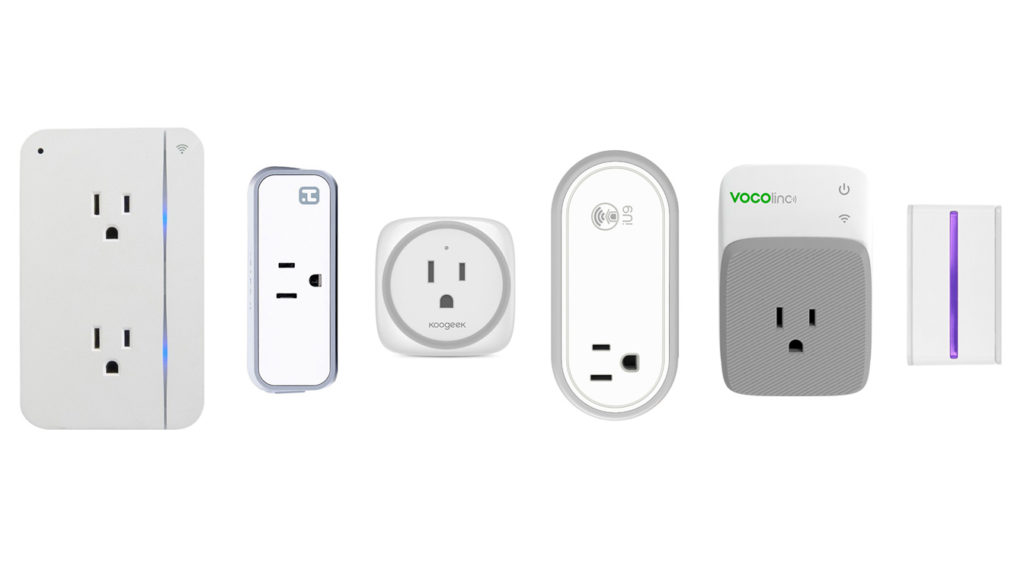
- ConnectSense Smart Outlet
- iHome ISPX6
- Koogeek P2
- Opro9 Smart Outlet
- Vocolinc PM3
- iDevices Switch
This isn’t going to be a competition to see which is the overall winner, but merely a look at the pros and cons of each device, from my perspective.
Size
The ConnectSense is easily the biggest of them, but it does have two outlets, which once plugged into the wall completely covers both outlets, so it looks neat if a little bulky. The smallest of the bunch is the iHome ISPX6 – which is slim enough to allow two of these to be put side by side in a pair of wall outlets without an issue. The iDevices Switch is almost as slim, but not quite enough to accommodate two instances side by side (at least not in my home). The final three all take up more space than just the outlet they’re plugged into, which is common for smart plugs. If you’re looking to keep one of your outlets free, then the iHome is the best option – as long as the wall sockets are facing sideways, as the socket in the device itself shows.
Physical control
All of these devices have a physical button, which is essential for times when they lose connection to the network. This is all pretty much of a muchness, although where they’re placed is important and of course how they react and feel when being pressed. All of the devices’ buttons feel easy to press and react well except for the iHome, which, unlike the others, needs to be pressed at one end of the switch, not squarely in the middle. There’s a raised strip for this, but in practice, it’s rather stiff and not that easy to press. The ConnectSense comes with two individual buttons, one for each outlet.
indicator lights
All of these smart plugs come with indicator LEDs to show whether they’re on, or connected to the network, all except the iDevices Switch. The ConnectSense has a wifi indicator as well as two blue LEDs to indicate whether the outlets are on or off. The brightness of these can be adjusted, but only in the ConnectSense app. The Koogeek has a very small green LED to indicate power only (although it goes red if it loses connection to the network), and the Opro9 only has a wi-fi status indicator.
Night Lights
Even though these are merely smart outlets this doesn’t stop manufacturers from adding ‘extras’ to them, and one common addition is a night-light. Of the six here, only half have this ‘extra’ – the Koogeek has a circle of light that is cool white only, but can be adjusted for brightness. The Vocolinc has a white LED at the bottom which also has the same function as the Koogeek. The iDevices switch comes into its own in this instance, as it has a nice ‘strip’ LED light across the front that is not only capable of varying brightness levels, but can reproduce the standard 16 million shades.
Additional functions
The ConnectSense, Koogeek P2, iDevices Switch and the Opro9 all have energy monitoring features, and while some of the information from these can be accessed in 3rd party apps, most of the data is accessible via their proprietary apps.
‘Unique’ features
So, it’s easier to just list each device and which ‘unique’ function it has. When I say ‘unique’, It’s only in reference to what it has beyond the basic function that an outlet should be.
- ConnectSense Smart Outlet – Two outlets, dimmable indicator lights, USB socket
- iHome ISPX6 – Slimmest profile, allowing access to second wall outlet
- Koogeek P2 – ‘ring’ style, dimmable night-light
- Opro9 – no additional features
- Vocolinc PM3 – two USB sockets, downward facing night-light
- iDevices Switch – Night light, capable of 16 million shades, outlet on the side of the device to reduce the depth when something is plugged in
Aesthetically, my preference would easily be the iDevices Switch, as it’s very understated and modular looking, and the nightlight strip really makes it stand out, while still looking ‘cool’. All of these devices have their strong point, except the Opro9, which unfortunately has no special features, is quite large and isn’t really that cheap. If I were asked to choose only one, it would probably be the iDevices Switch, but then of course I’d be losing the USB ports of the Vocolinc and the double outlet of the ConnectSense. I’d also not be able to easily fit two of these side by side, like the iHome, so you see, they all have a part to play.

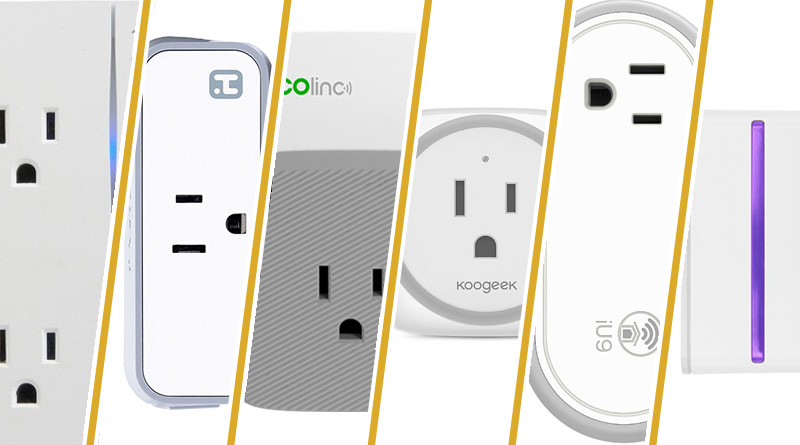
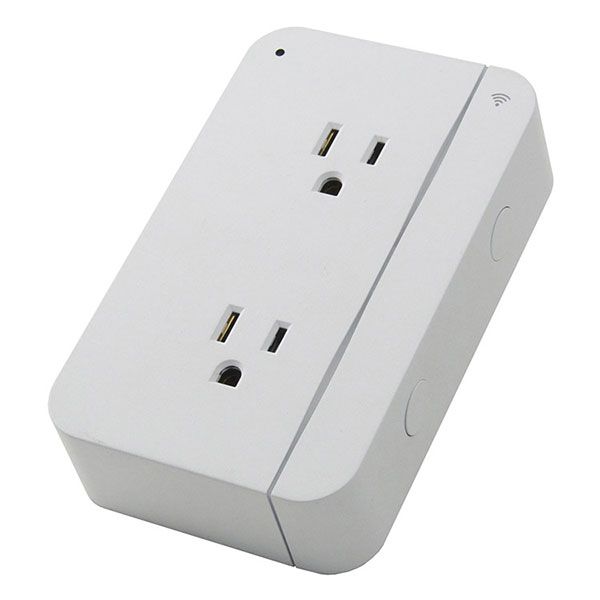


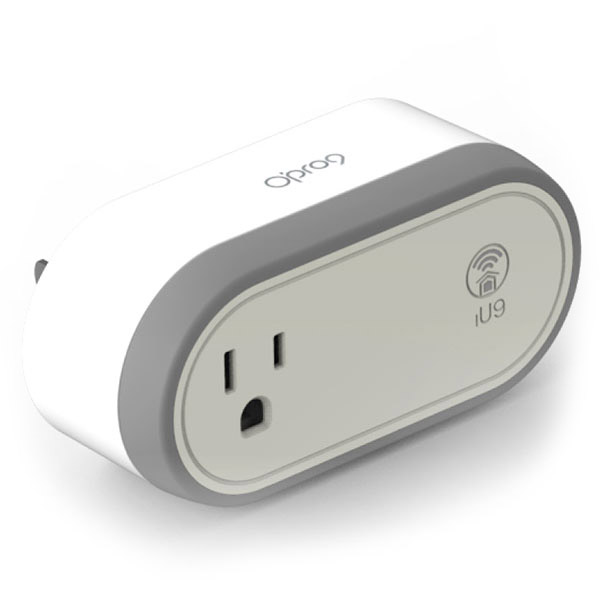
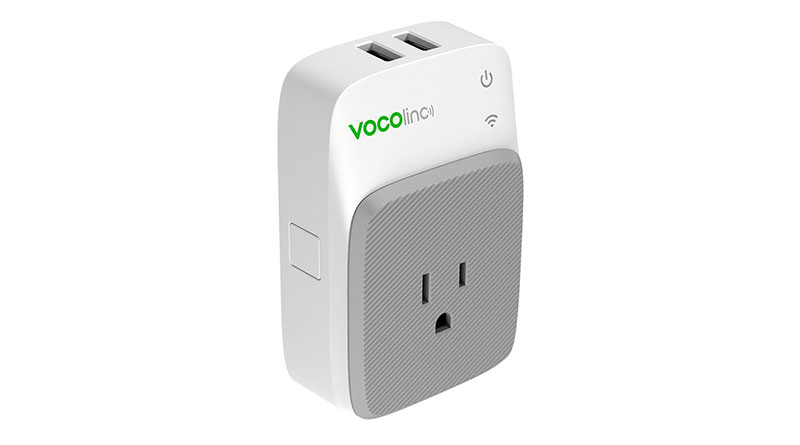
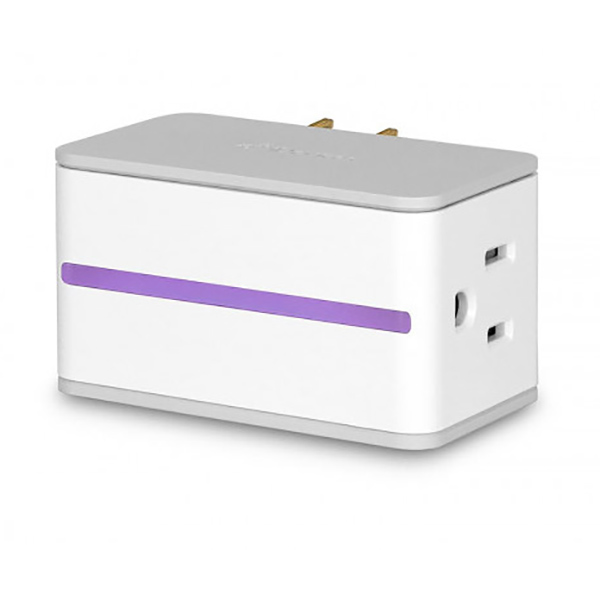
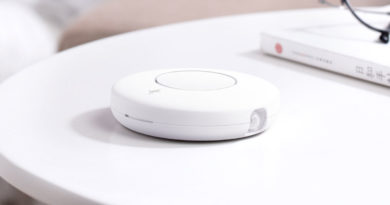
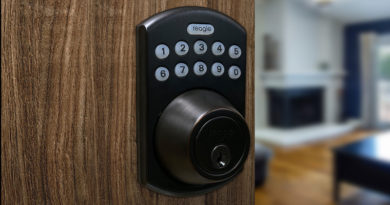
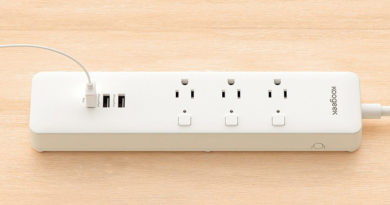
Any particular reason why you didn’t include Eve Energy in the comparison?
AFAIK it’s the only Bluetooth plug, which opens up a whole new dimension of pros and cons. I am aware that the typical rhetoric focusses on the cons.
Also, it’s one of the very few with quite a number of international variants. And it’s one of the few to measure power consumption.
Hi Florian, the only reason it isn’t included is because I don’t have this device. This comparison article is only based on the devices I have, so in that sense it’s a personal perspective.